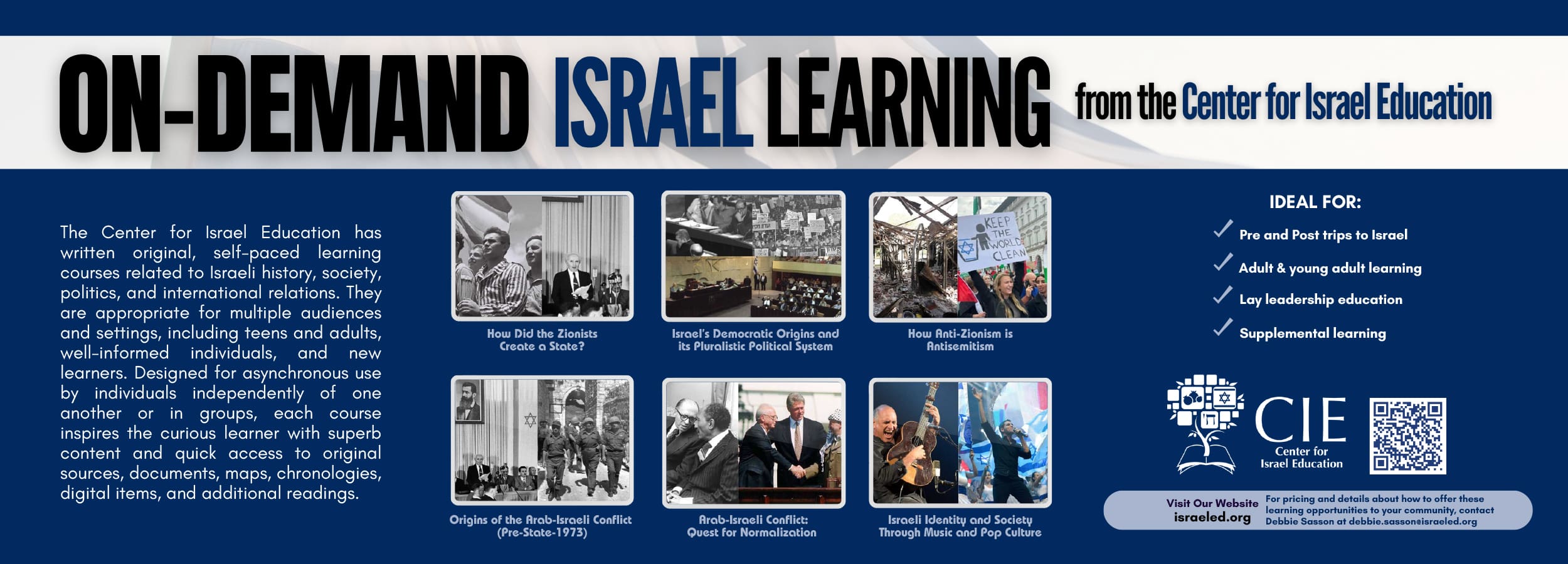A Shared Student and Teacher Approach at Learning About Israel
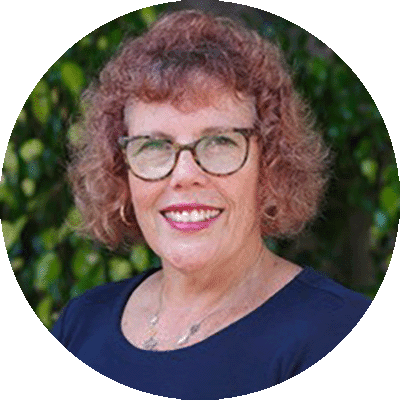
Julie Schimmel has been teaching Judaic Studies at the Pressman Academy of Temple Beth Am (LA) for 24 years. Julie writes curriculum and has served in various school leadership positions as well as serving as a teacher mentor for two Los Angeles universities. She is a doctoral candidate at Gratz College in the Educational Leadership program.
As a third-grade Judaic studies teacher in a Jewish day school in Los Angeles, it has been my charge to figure out how to help my students (and myself) cope with this agonizing and heartbreaking year in the aftermath of October 7th. I share here an approach I took with two major components—listening to students and equipping the teacher.
Listen to the Students
The first aspect of helping my students this year was to create a safe, open, and accepting environment in the classroom to allow students to share their fears, questions, and thoughts. I have learned over many years of teaching that students desire to be heard and validated. They are seeking to be heard, much more than they are seeking actual answers to their thoughts and (philosophical) questions. I have learned over the years to listen and understand them.
My school implements the Responsive Classroom program (responsiveclassroom.org). The program entails holding a daily classroom morning meeting session in which the teacher and students sit in a circle and go through a specific protocol which includes sharing and listening in a non-judgmental manner. I offered the morning meeting this year as a place for my students to talk about their worries and fears about Israel. They shared in detail about their concerns of family members living in Israel and parents traveling to Israel to check on family members. One student’s Israeli father traveled to Israel in November; the student was visibly worried as he shared about his father’s trip and seemed relieved after he told us about it. Later in the year, he shared that his father, a professional singer, was traveling again to sing to groups of soldiers. Both times that he shared, he was heard by the class. The support he received from the class helped ease his anxiety.
Students asked about the events of the war. I tried to clarify it for them in a general way so that they felt responded to but also not frightened. Some students asked the existential question of “How could this be happening?” Some also asked about the antisemitism—both in America and around the world—that they were hearing and reading about. When that question arose, some students started to respond. One student said, “some people are jealous” while another student said, “some people just hate.” At that moment when the students shared, I was struck by their comments. I felt proud of them for being able to express themselves in such a sophisticated manner and for caring so deeply about the subject. At the same time, I felt that it was tragic that these wonderful young children were inheriting the yerusha (inheritance) of the difficulty of being Jewish.
Through these discussions, my students were able to get relief. They shared what was weighing heavily on them and felt better after having a chance to discuss it with others who understood them and cared for Israel just like they did. Students were fully engaged in these discussions, sharing each time and listening to each other. One very telling sign about the power of these meetings was that there was never a discipline issue. They welcomed the daily meetings and eagerly brought more questions and comments to each session. It was important to me that my students realized that our classroom is more than just a place of learning, but also a place that deals with real-life events within the context of a community of support.
My class also carried our care and concern into tefillah time. Before starting tefillah, students made dedications to family members who live in and are traveling to Israel. One student said, “I want to dedicate this tefillah to my aunt and uncle who live in Yerushalayim.” One student said, “I want to dedicate this tefillah to all the soldiers in Israel.” We recited tefillot daily for the welfare of Israeli soldiers and citizens. Since my students are so young, most of their previous experience with tefillah was to sing the tefillot joyfully. They now expanded their repertoire and learned that we turn to tefillah in times of need. We ask God for help and support.
When discussing Israel I am careful to not reveal my personal political views. Even when students asked me my views, I refrained, as I consider it inappropriate for the setting. I turned it back to them, asking, “What do you think?” and when further prodded I explained that as a teacher, I was there to help them develop their viewpoints, not to share mine.” One of the things I’ve come to understand is that when students make political comments, they are often mirroring their parents’ opinions. If they hear mine and it is different from what they hear at home, it can lead to student confusion and frustration, and could possibly lead to conflict between the school and the home, which is rarely productive.
Emphasize the Positive
The second piece of my approach focuses on what I bring to the class. In my teaching of Israel, I highlight aspects that do not have anything to do with conflict. It is very important for students to have a balanced understanding of current Israel. To that end, I show them articles about medical and technological advances, art, food, music, and more (I like to draw from the website, Israel in the 21st Century, http://www.Israel21C.org). Students see and reflect on the great amount of innovation, arts, culture, and life happening. I try to tailor the articles to the interests of the students. These current articles help students relate personally to Israel. We have looked at articles about water-saving tools invented in Israel, Israel in space, interesting archeological findings, and tech innovations. Students learn to understand that Israel is not just about war and conflict but that there are many dimensions to Israel.
Another resource that I have found to be very helpful is the Center for Israel Education (www.israeled.org). They offer many resources for my personal learning of Israel and for teaching Israel’s past and present, and I am grateful for the professional development they have provided me and my colleagues.
In the past, for many, the teaching of Israel has been relegated to the month of Iyar, but to help students forge a bond with Israel it is crucial to teach and expose students to Israel all year long. To that end, here are some of the Israel practices I implement all year long:
- Sharing Israel21C lessons
- Conducting morning meeting sessions
- Playing Israeli music in the classroom
- Showing Israeli YouTube videos
- Inviting Israel speakers to class
- Teaching the Israel class curriculum throughout the year
- Sharing my personal Israel experiences
- Having an Israel library in the classroom
- Hanging Israel posters in the classroom
It is important that Israel is woven into the yearlong educational fabric of the school. The combination of the explicit and implicit curriculum woven into the fabric of the daily student experience leaves a lasting imprint on the way students relate to and internalize their bond with Israel.

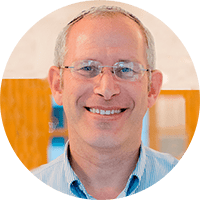
FROM THE EDITOR: Fall 2024
It feels pretentious and premature to be talking about retooling education about Israel. The war is not over, the wounds are still fresh, barely a year has passed since that awful day, there are thousands of children-parents-loved ones still in active combat and separated from their families for months at a time, many of the hostages are still in captivity, the campuses are reeling, the internal divisions in Israel are deepening rather than abating, and the landscape of the Jewish world is muddled at best as the aftershocks of the earthquake still rattle us. And yet, we dare to think that we have something meaningful to contribute as to how to teach about Israel. It is fair to say that everything written in this journal is written with the awareness that when the dust settles, we may need to re-examine everything all over again.
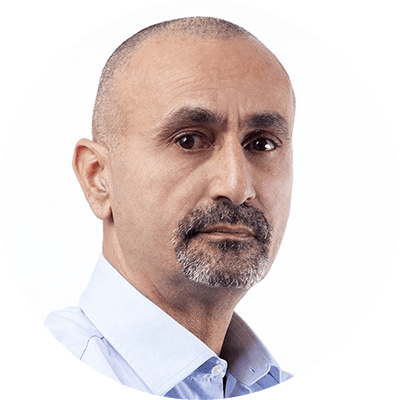
The Story of the Ever-Living People
As a preface, I believe that we are all experiencing a revolutionary moment in the evolution of the Jewish people. By that, I mean that while the evolution of the Jewish people remains a constant, we are nonetheless at the forefront of a moment of awareness—of what in Judaism is known as she’at ratzon—a moment of willingness among Jews that is unprecedented in modern Jewish history. That, in and of itself, should raise for us a great call for action as educators and as people who work on behalf of the Jewish community in charting a path for our envisioned trajectory.
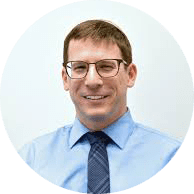
Knowledge and Identity: An Interview with Natan Kapustin
I would identify two very different kinds of Israel education that we do. The one that I will not speak about much is what I might call the reactive component. When things happen in or related to Israel, we need to address them. And we do that in a variety of ways. We have speakers come in, debriefing sessions with our students, Town Halls dedicated to open discussions about Israel, special tefillot, etc. This past year, post-October 7th, we were particularly intense in the reactive programming, and it is hard to know what this next year will bring. But none of this has affected what we have been doing in our core Israel education programming.
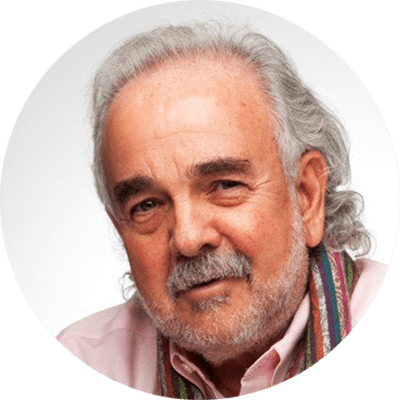
The Times They Are A’changin…
When I began my work in Jewish education at the Park Avenue Synagogue High School in September of 1967 it was, as some will remember, a tumultuous time. In the Jewish world, the Six-Day War gave a sense of elation (albeit very temporary as we have seen for many decades) and America was filled with social and political crises. Our afterschool and weekend program quickly became a magnet for Jewish and even non-Jewish teenagers from across the Upper East and West sides of Manhattan. Feeling the absence of the “international” (Jewish and beyond) in my own education and seeking to emphasize and expand it in that of my students, we quickly added international travel during summer and mid-year vacations as a key part of our curriculum, and within a decade we were traveling into the Arab world.
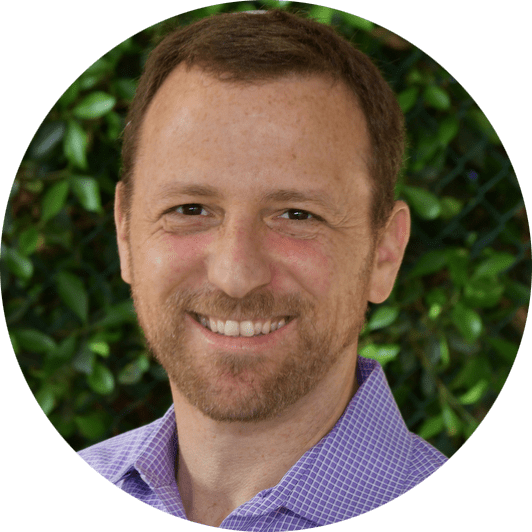
Developing Students’ Capacity to Engage in Productive Dialog about Israel
In April 2023, David Bryfman and Barry Chazan wrote: “Today the issues of identity and Jewish identity not only have lots to do with Israel, but also the connection between Israel and Jewish identity may be one of the most significant developments for Jewish identity, life, and education that we have known.” In other words, Jewish identity is intertwined with Israel in ways that have never before been true. This sentiment and understanding have shaped and guided our school’s recent thinking about Israel education.
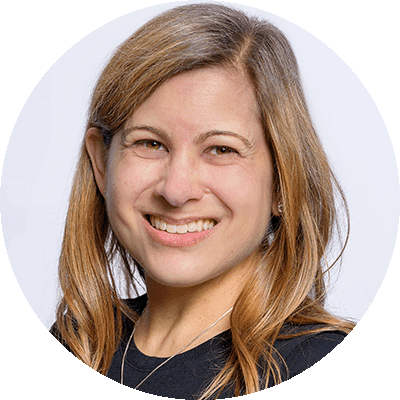
Israel Front and Center: Developing a Curriculum on Am and Medinat Yisrael
Sitting in my 12th grade Modern Israel class, one of my students raised her hand and asked “why haven’t we learned anything about Israel in History classes since 10th grade?” While I began to explain the sequence of the History curriculum, where students learn Zionism and the history of Israel in 10th and 12th grade, I realized that students learn about Israel in multiple subjects and in co-curricular activities throughout their four years of high school. I pointed out that the 11th grade Hebrew curriculum offers a range of readings and discussions on early Zionist thinkers and Israeli literary figures, many of whom students engaged with, albeit from a historical perspective, in their 10th grade History classes.
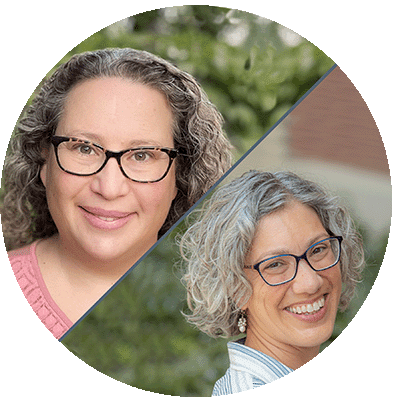
Learning from Children’s Ideas about October 7th and the Israel-Hamas War
Day school teacher Mr. Berkman is a proud long-time Jewish educator, but only recently has he also come to see himself as an Israel educator. “In October,” he explains, “I joined every other Jewish educator in the world in realizing, wait, I have to teach Israel now. But how?” Ms. Baghai, a general studies teacher at a different Jewish day school, has also had to rethink her teaching in the wake of October 7th. “How much do we talk about it and learn about it? How deep do we go? How much do I share?” she wonders.
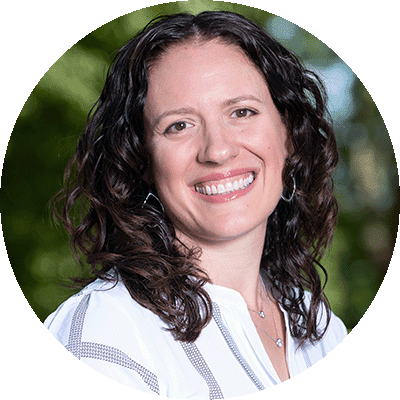
Finding the Balance: The Synergy of Nuance, Critical Thinking, and Ahavat Yisrael
We get off the bus for a quick stop on our first day of Derech l’Lev, our 8th-grade Israel experience. There is an electric energy as our two busloads of students and chaperones embark on this much-anticipated, two-week journey to Israel. I turn to one of my students: “So Sarah, what do you think? What are your first impressions of Israel?” Her face lights up. “I can’t explain it,” she says. “It’s all so familiar even though it’s my first time here. I just feel like I belong, like I’m home. I love this country!”
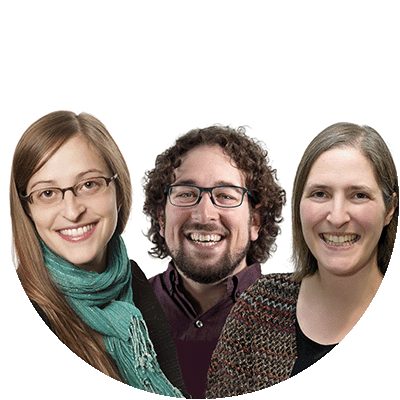
Teaching about Israel’s Many Complexities with Confidence, Competence, and Courage
Jewish educators have long been successful at instilling a love of Israel in their learners by providing opportunities to engage with the sights, sounds, tastes, smells, and vibrancy of the country and its people in an ongoing way. Many settings culminate their Israel educational programs by visiting Israel, an experience designed to further deepen learners’ relationships with the people, land, and State of Israel. These varied modalities and content areas all are critical tools for achieving our collective goal of fostering a deep connection and commitment to Israel and the Jewish people.
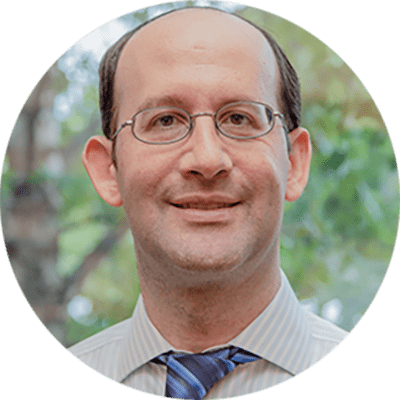
“History of Israel” as History
As the years continue, Israel education now necessarily includes the history of Medinat Yisrael as a larger component than it has in the past. Young students have no memories of the major events in the history of the state, and as time passes, more information, stories, and significant events must be learned in order for students to be able to understand deeply what Israel represents and how its past informs its present. Language, culture, and geography are no longer sufficient for a well-crafted Israel education program.
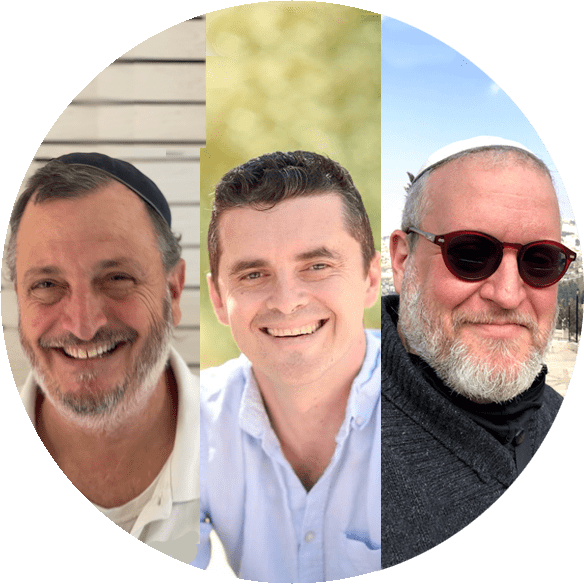
Israel Education in a Post October 7th World
Is being pro-Israel the same as being Zionist? Is the call of the hour advocacy training or education? As Israel educators with decades of experience between us, October 7th forced us to take a hard look at what we teach, and how we teach it. We’ve taught American high school students, Masa gap year and Yeshiva/Seminary students, and visiting college students. We certainly weren’t prepared for this traumatic war, but we will argue that an authentic, classic Zionist approach to Israel education makes more sense now than ever.
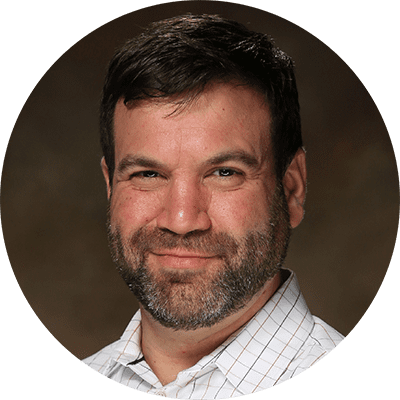
Cultivating Respect in Teaching the Arab-Israeli Conflict
Being a Jewish History teacher in a pluralistic Jewish day school, I often find myself up against the question of how we apply the principles of pluralism to the teaching of Israel, and especially the teaching of the “Conflict.” Given that Jewish identity and religious expression are tied to Israel, it is important to help guide students through the fraught path of figuring out the relationship between their emotional connections and the political and social responses to the academic study of Israel. But, just as we set out guideposts for the limits of pluralism, it is important to craft boundaries of what is acceptable within our classroom environment. Key to this challenge is helping students understand their identities and how this sense of self shapes the way that student views the historical realities behind these conflicts.
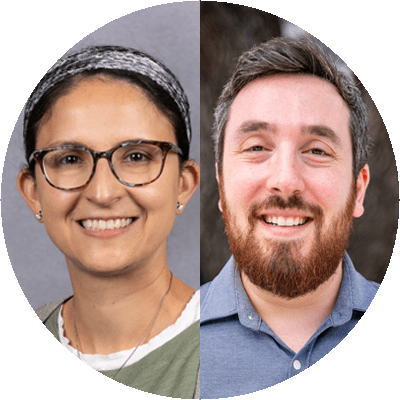
Israel Education For Today’s Generation
For many educators, teaching about Israel has never been so challenging. The emotionally charged nature of the discussion, attitudes on Israel dovetailing with political affiliations, and educators’ fears of facing backlash from parents and the community, are all reasons for why teachers are reluctant to address Israel in the classroom. This is further complicated when considering the generational gap surrounding Israel in our communities. While previous generations saw Israel as the country of miracles and the underdog in the Arab-Israeli conflict, many in the younger generation see Israel as the aggressor in the Israeli-Palestinian conflict and feel conflicted over support for Israel.
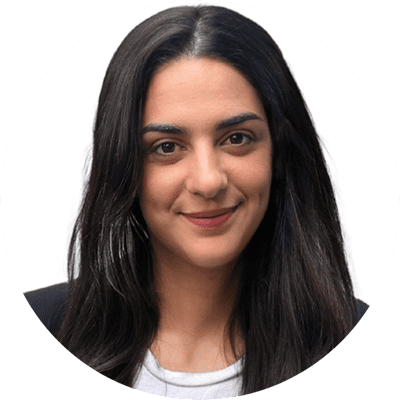
Middle School Israel Advocacy
Yavneh Academy, in Paramus, New Jersey, is a Modern Orthodox, staunchly Zionist, preK-8 Jewish day school. Its mission statement includes: “Establishing the centrality of the State of Israel in the life of our school and in the lives of our children and imbuing each child with a connection to the State of Israel as an essential part of his/her identity.” Yavneh has always held true to its mission statement. It has seamlessly woven the study of Israel into much of its curriculum. Students learn Hebrew in every grade, including pre-K. They are exposed to Judaic texts and maps to connect history to the present-day land.
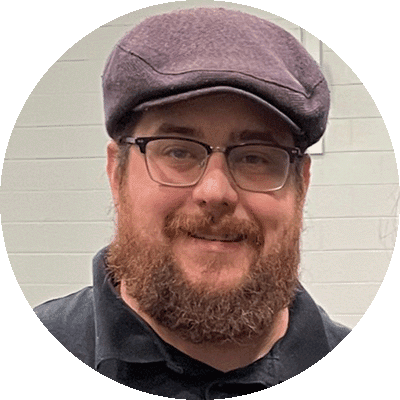
Preparing Students For Their Encounter With Broader Society
Long before October 7th, as a teacher with a Social Studies background, I have been working with my administration team and the Center for Israel Education to revamp our Israel curriculum. My instinct was to bring Israel education from a place of chronological progression of events to finding touch points with other historical events outside of our people and land, helping to anchor historical periods in students’ minds. This approach mixed with modern culture and current events, should give students a broad and basic foundation of understanding that culminates in our annual 8th grade trip to Israel.
Reach 10,000 Jewish educational professionals. Advertise in the upcoming issue of Jewish Educational Leadership.



